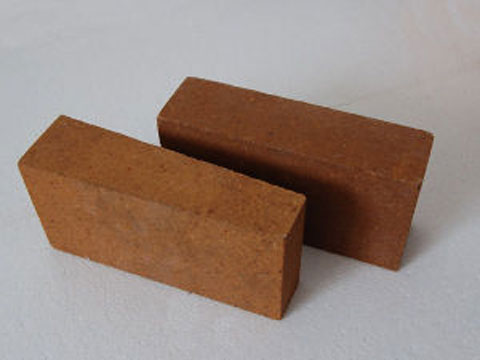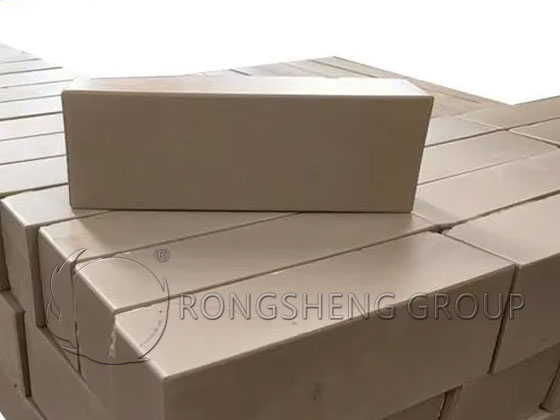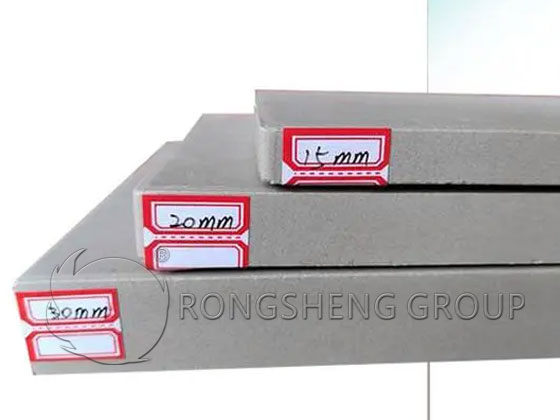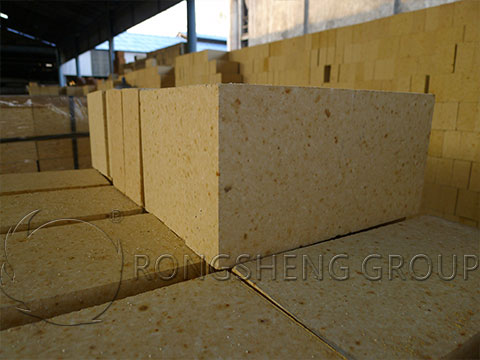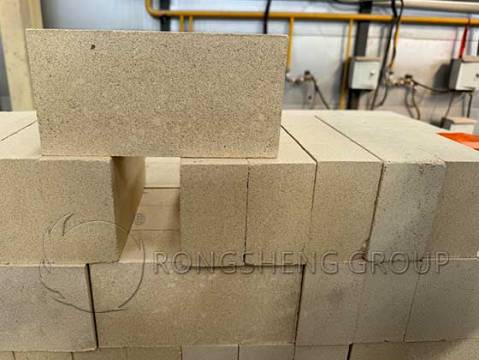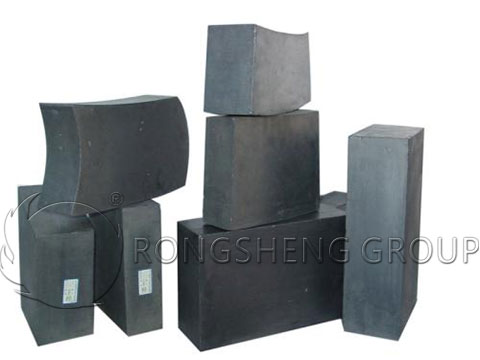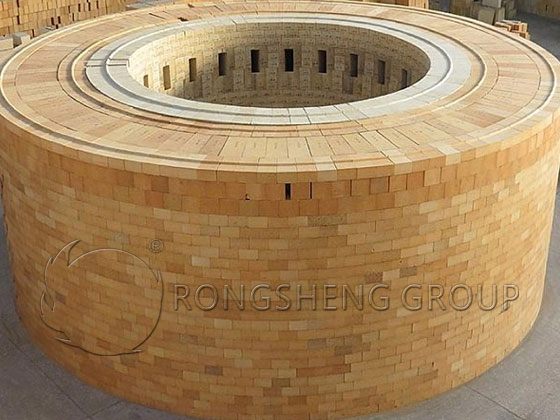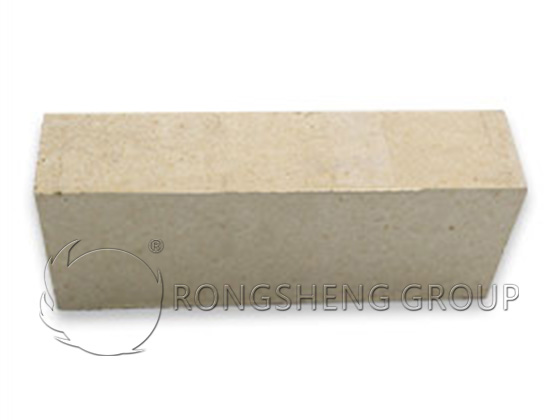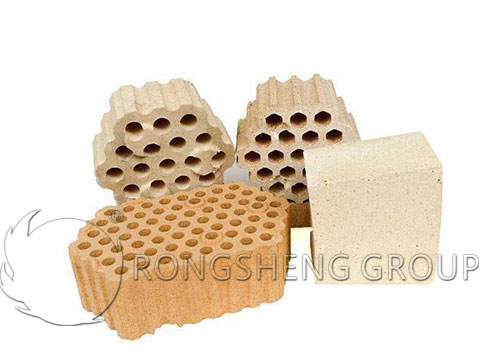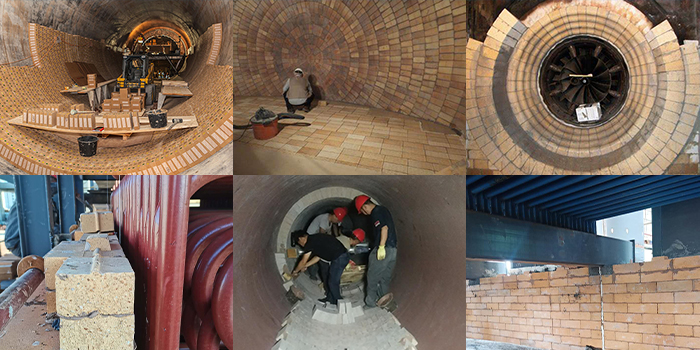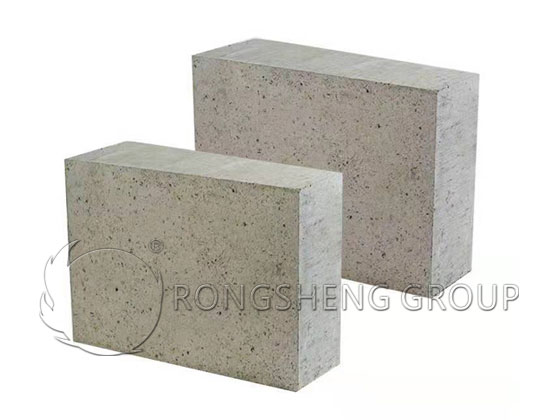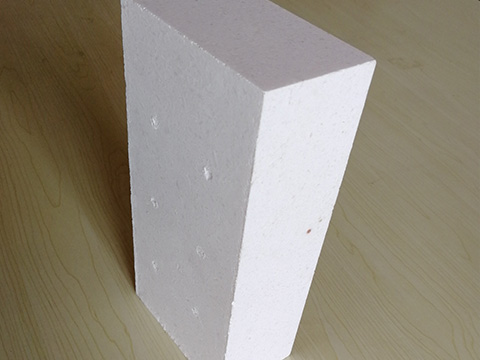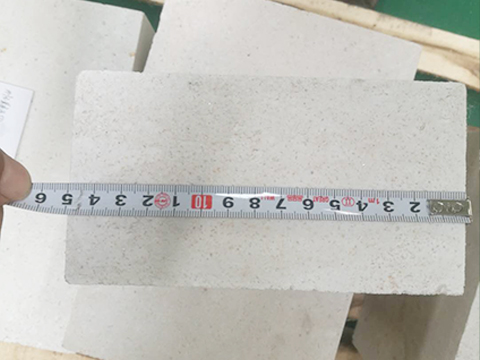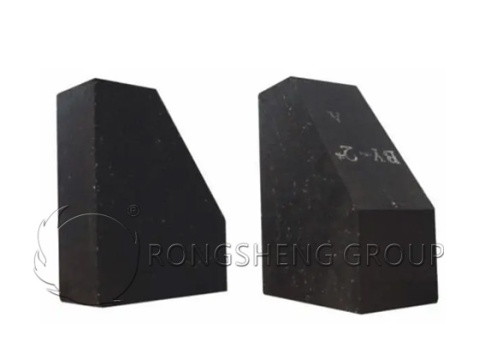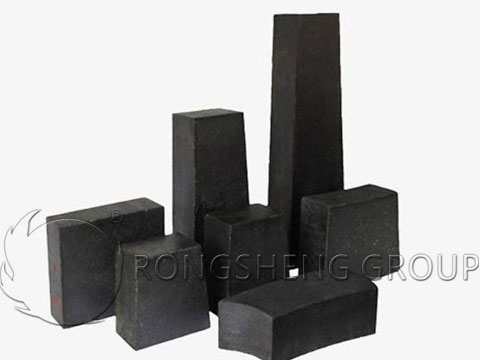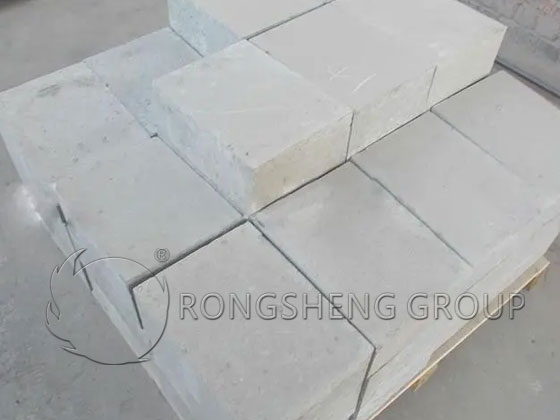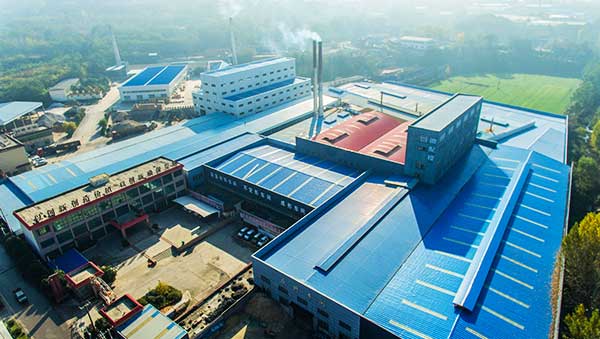Have you been thinking about being familiar with how https://cheapfirebricks.com/magnesia-bricks/ are manufactured? People are curious about this topic for a number of reasons. Some people want to learn more about this topic because they are curious. Others want to find out more because they need to make these bricks themselves. Irrespective of what your reasons are, there are numerous resources that you can use if you want to discover ways to make magnesia bricks.
Examine Information Given By Manufacturers
A lot of the manufacturers that can make these bricks provide more information concerning the processes that they can use. Whilst you won’t learn everything that you would like to understand from all of these manufacturers, you will learn a great deal.
One thing you will understand is the fact that every manufacturer has their very own unique process. Not every manufacturers utilize the same methods if they are making magnesia bricks. When you take a look at a couple of manufacturers, you’ll have the ability to find out about the variations within their methods.

Read Articles Regarding The Process
You will discover in-depth, informative articles on a myriad of subjects, including making magnesia bricks. Not every one of these submissions are directed at laymen, however, these submissions are still chock packed with useful information.
Since these articles can be hard to digest, it’s a good idea to read them if you have some spare time. If you’re capable of carefully read the articles you’re taking a look at, you’ll be able to get more out of them. Get More Information From Here: CheapFireBricks.com
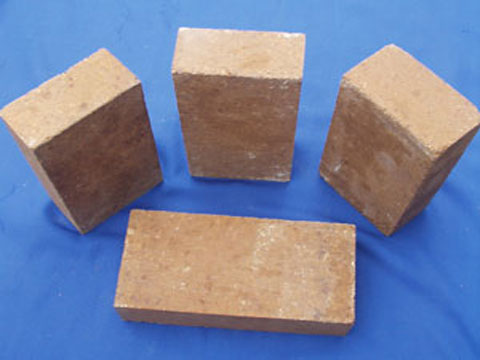
Watch Videos That Showcase This Method
If you truly want to learn how these bricks are made, why not watch this process yourself? There are numerous videos that demonstrate these bricks are made. While many of these videos are edited, they could still provide you with a clear picture in the process and what it is like.
Watching these sorts of videos may be informative, but it is also very entertaining. Try to consider all types of different videos to enable you to discover more about them. The more videos you watch, the greater you’ll be capable of learn.
See If You Can Tour A Facility That Makes These Bricks
Determine whether you will find a facility that produces these bricks in your area. Should you live near a facility like this, you need to find out if it could be possible so that you can tour it. Visiting the facility will help you to see many aspects of the development process up close.
Touring these facilities isn’t going to be a possibility that each and every person has. Nevertheless, if you have the opportunity to take action such as this, you need to make the most of it. Find out if it will be possible to go to a neighborhood facility to see what you can learn while you are there.
As you have seen, figuring out how to make magnesia bricks doesn’t need to be a massive challenge. Though it isn’t necessarily very easy to produce these bricks, there are tons of resources available to the people that want to make these bricks themselves. Make certain you’re benefiting from these resources to enable you to learn everything you need to know.
